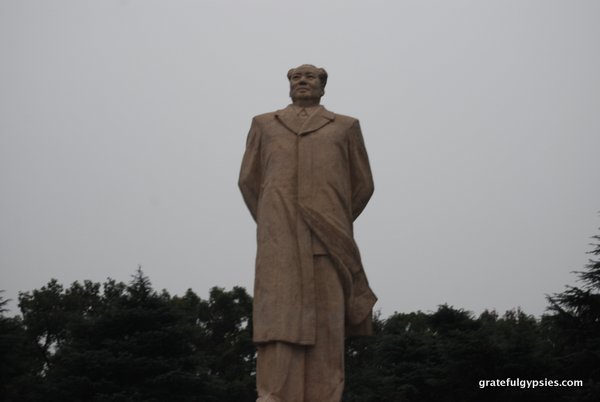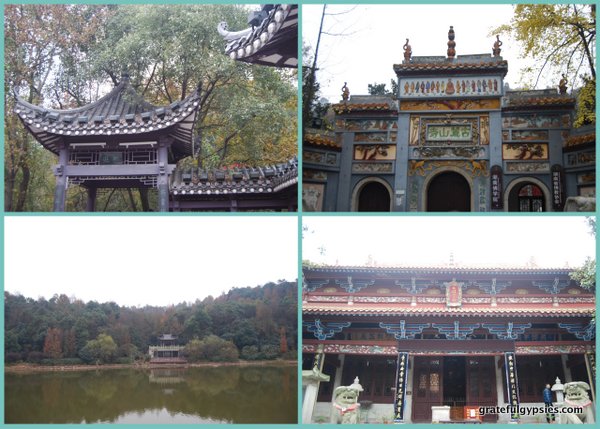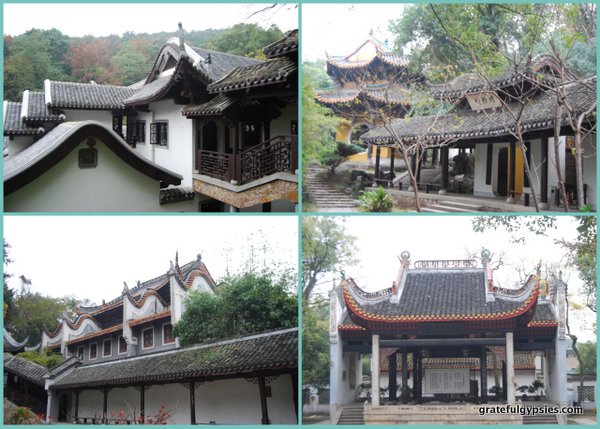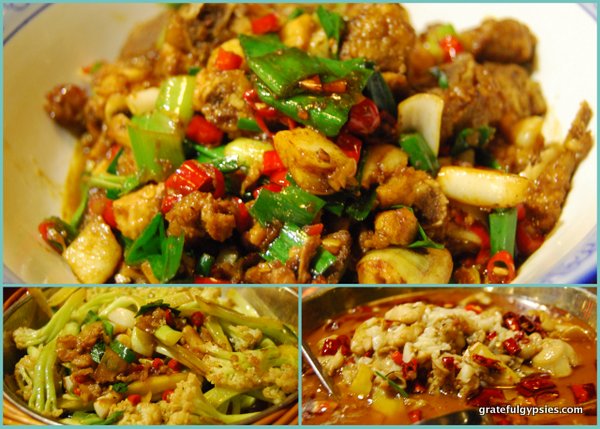An Introduction to Changsha Posted by sasha on Apr 14, 2016 in Uncategorized
Changsha (长沙 – cháng shā) is the provincial capital of Hunan and an important city in Chinese history. Let’s take a quick look at the storied history of this Chinese city and then see what you can do with a short visit there:
A Brief History
There was a settlement in the area now known as Changsha as far back as the Neolithic era. It grew further during the Han Dynasty, when the famous Mawangdui Tombs (马王堆 – mǎ wáng duī) were constructed. Containing the remnants of the Marquis of Dai, his wife, and a second male believed to have been their son, the tombs were full of important artifacts such as silk funeral banners and lacquerware. Many of these are now proudly on display at the Hunan Provincial Museum in the city. Later, during the Five Dynasties and Ten Kingdoms Period (907-951), Changsha was a capital in the southern state of Chu (楚 – Chǔ).

The most famous Hunanese person.
Much later, the city flourished as a center of rice production during the Ming and Qing Dynasties. In 1664, it became the capital of Hunan province and has remained so ever since. It was in Changsha that Chairman Mao – who was born in nearby Shaoshan – began his political career. Changsha was also the site of many major battles during the Sino-Japanese War. It took four tries for the Japanese to finally conquer the city, but it was reclaimed a year later in a counter attack. Learn more in this clip from CCTV:
A Short Trip

A few scenes from Yuelu Mountain.
Should you plan on visiting the epic Zhangjiajie National Park in China, chances are you’ll pass through Changsha to get there. Rather than simply hop on a bus headed to the park, why not stick around and explore this historical city for at least a day? With just 24 hours in Changsha, you should head straight to Yuelu Mountain (岳麓山 – yuè lù shān). This scenic area on the banks of the Xiang River is a great place to stroll around for a few hours.

Yuelu Academy
Here, you can visit the oldest Buddhist temple in Hunan, as well as the famed Yuelu Academy (岳麓书院 – yuè lù shū yuàn). Founded during the Song Dynasty over one thousand years ago, it was eventually changed into a higher learning institution, and was renamed Hunan University in 1926. Yuelu is one of few ancient Chinese academies that has evolved to be a modern higher learning institution.

Super spicy Hunan cuisine.
With the rest of your day in Changsha, you might as well dig in to some notoriously spicy Hunan cuisine (湖南菜 – hú nán cài). Also known as Xiang cuisine (湘菜 – xiāng cài), it is one of the Eight Great Culinary Traditions (八大菜系 – bā dà cài xì) in China. It’s known for its very liberal use of chili peppers, shallots, and garlics, so be prepared. It’s not all insanely spicy, though. Try Mao’s braised pork (毛氏紅燒肉 – máo shì hóng shāo ròu) – the Chairman’s favorite dish, or dig into the most famous local snack of stinky tofu (臭豆腐 – chòu dòu fu). Should you want to wash that all down with a cold one or two, there are plenty of bars and KTV joints in Changsha that serve thirsty customers well into the night. It might not have the wild nightlife of Beijing or Shanghai, but people in Changsha sure like to have a good time!

A cheap and comfy room.
Should you be ballin’ on a budget or flying solo on your trip (as I was), look no further than the Changsha International Youth Hostel for a cheap, comfortable place to rest your head. The central location makes it easy to do some sightseeing, and they’ve got a nice restaurant/chill out area when you can chat with fellow travelers over a cup of coffee or a beer.
Check back to the blog next week, when we’ll take a little video tour of “One Day in Changsha.”

Build vocabulary, practice pronunciation, and more with Transparent Language Online. Available anytime, anywhere, on any device.
About the Author: sasha
Sasha is an English teacher, writer, photographer, and videographer from the great state of Michigan. Upon graduating from Michigan State University, he moved to China and spent 5+ years living, working, studying, and traveling there. He also studied Indonesian Language & Culture in Bali for a year. He and his wife run the travel blog Grateful Gypsies, and they're currently trying the digital nomad lifestyle across Latin America.




Comments:
David:
Wow, that food looks good!